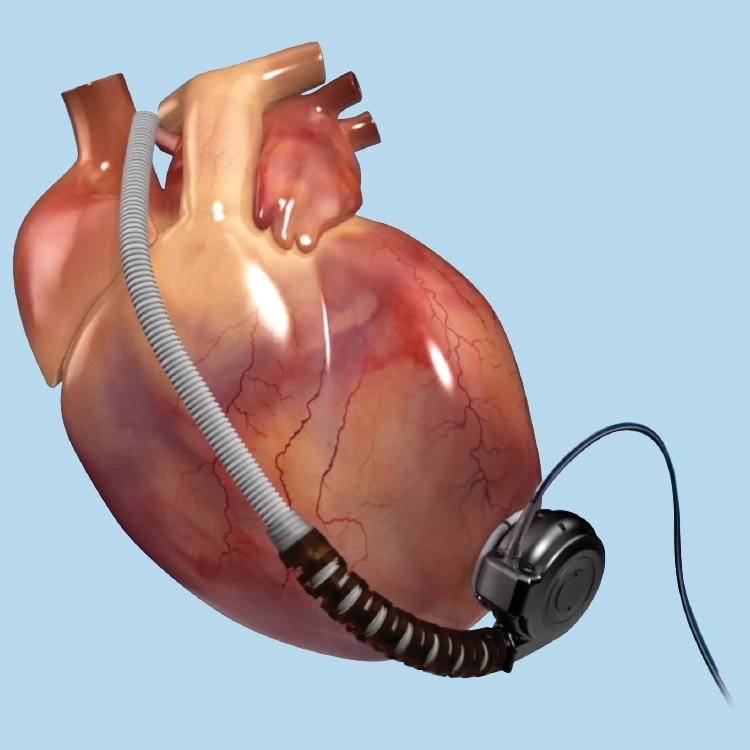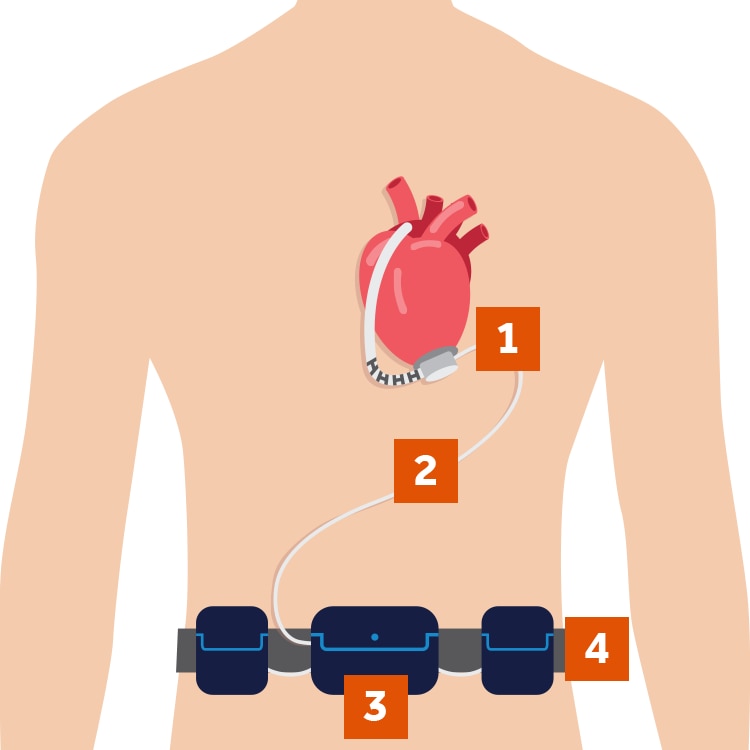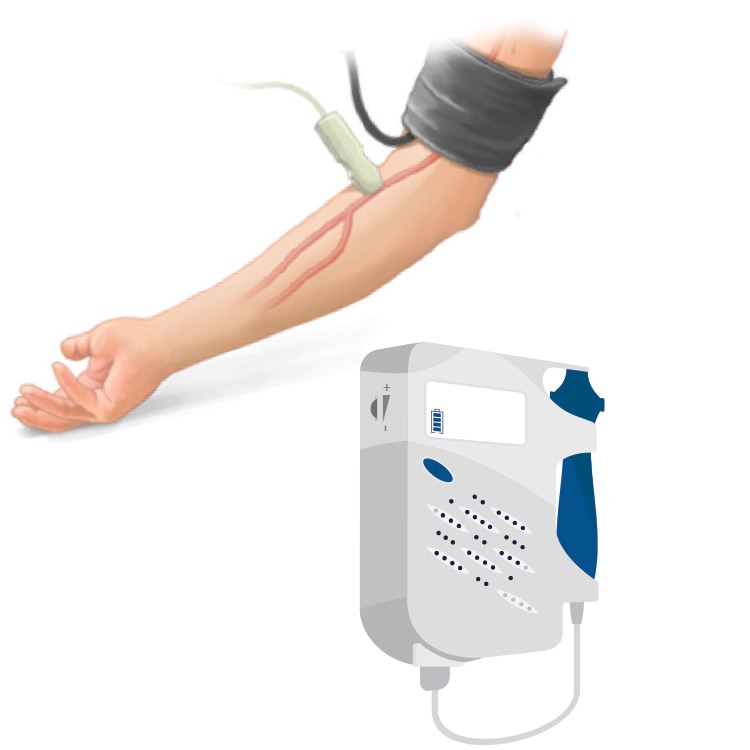
Medtronic HVAD Learning Center Services and Support for HVAD Patients
Urgent Product Update
Medtronic has stopped the distribution and sale of the HVAD™ system as of June 3, 2021 and has notified physicians to cease new implants of the HVAD system and transition to an alternative commercially available left ventricular assist devices (LVAD) for all future implants. Replacement of the HVAD system is not recommended at this time for patients who currently have the device because, in the vast majority of cases, the risks associated with additional surgery outweighs the benefit of a replacement device. If you have questions about this, please contact your healthcare provider.
Medtronic initiated this action in light of a growing body of observational clinical comparisons demonstrating a higher frequency of neurological adverse events, including stroke, and mortality with the HVAD™ system as compared to other commercially available LVAD.
In addition, Medtronic previously made an Urgent Medical Device Communication informing physicians that the HVAD pump may experience a delay to restart or a failure to restart after it is stopped. Pump restart failure can potentially worsen a patient’s heart condition, lead to a heart attack, require hospitalization, and result in death.
Considering these findings and the availability of alternative devices, Medtronic made the decision to stop the distribution and sale of the HVAD system, consistent with its commitment to prioritize patient safety.
Medtronic is doing everything possible to minimize any risks to your health. We previously provided the recommendations below to your VAD clinical team, and we want to make sure you also have this information about our commitment to supporting you:
- Medtronic will provide ongoing product support for the HVAD system and will ensure continued availability of equipment for your device, including items such as batteries, chargers, and replacement controllers needed to support your HVAD pump.
- Continue to follow-up regularly with your VAD clinical team and follow your healthcare providers’ advice and directions.
- NEVER disconnect your HVAD pump from two power sources at the same time. Always have a back-up controller and fully charged spare batteries available.
- Continue to maintain your blood pressure and anti-coagulation (blood thinners) within the range set by your VAD clinical team to minimize the risk of a stroke.
- Immediately notify your VAD clinical team if you experience any issues including, but not limited to, any damage to the equipment, high and medium priority alarms, or any alarms that may resolve too quickly to identify, with your HVAD pump and equipment.
In addition to speaking with your clinician, you may call the Medtronic Hotline at 1-800-635-3930 with questions about your HVAD device, including financial assistance for certain medical expenses.
Medtronic remains committed to supporting patients living with the HVAD system, as well as the caregivers who participate in their care, by continuing to provide resources designed to aid and assist them. MEDTRONIC IS STILL WALKING BESIDE YOU.
THE MORE YOU KNOW, THE BETTER.
About the HVAD System
The Medtronic HVAD system is a left ventricular assist device (LVAD). The HVAD system includes a mechanical heart pump used to increase the amount of blood that flows through the body. When one of the heart’s natural pumps (a ventricle) does not perform well, an LVAD is used to increase the amount of blood that flows through the body.

How the HVAD System Works
- The HVAD pump is implanted in the heart at the bottom of the left ventricle.
- A driveline cable transfers power and information between the pump and the controller. Part of the driveline exits the body through a small incision in the skin.
- The wearable controller monitors the pump, sending information to tell the patient how the system is working. Batteries, or an electrical (A/C) cable, are connected to the controller and continuously power the pump. The driveline cable must be attached to the controller and two power sources at all times.
- A wearable pack holds the external equipment, allowing the patient to move about freely when A/C power is not required.

Managing Your HVAD
It’s important that you manage your HVAD system, which includes tracking HVAD pump parameters, active alarms, and equipment status.
It is also essential that you work with your VAD team to understand how to monitor your vital signs, such as daily weight, blood pressure, INR levels (blood clotting), and driveline exit site status. Tracking blood pressure may reduce the risk of stroke, so it’s important that you follow your clinician's instructions on how to properly check your blood pressure. Your clinician will also help you understand what your blood pressure should be and what to do if your blood pressure is too high or too low.
Medtronic developed a daily diary for HVAD patients to help with tracking your vital signs. It’s important to follow your VAD team’s instructions on how to complete this diary, and when to report changes in your vital signs and pump parameters to your clinician.



